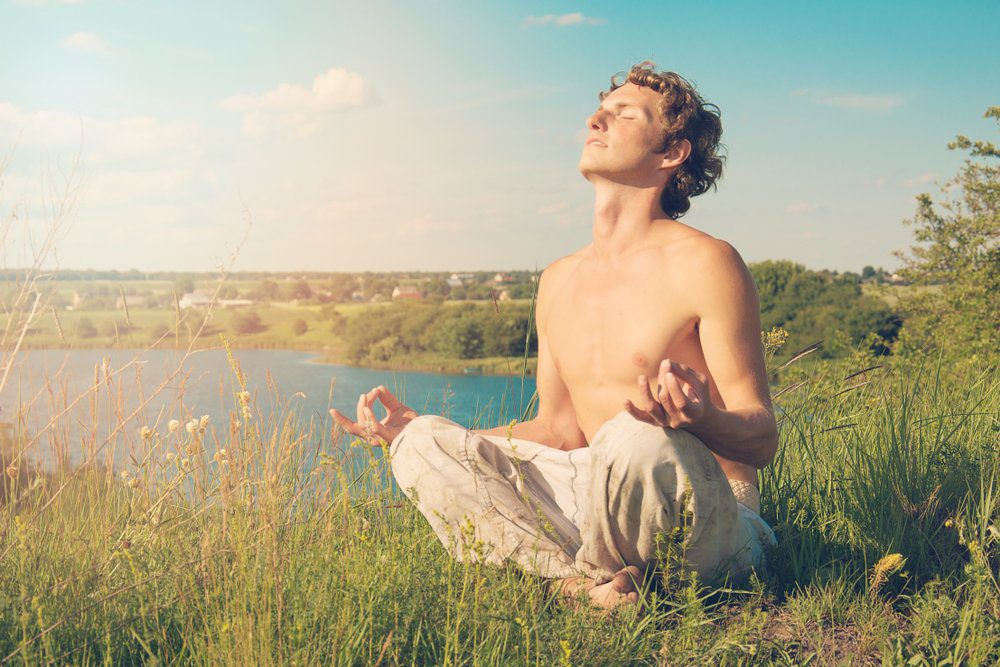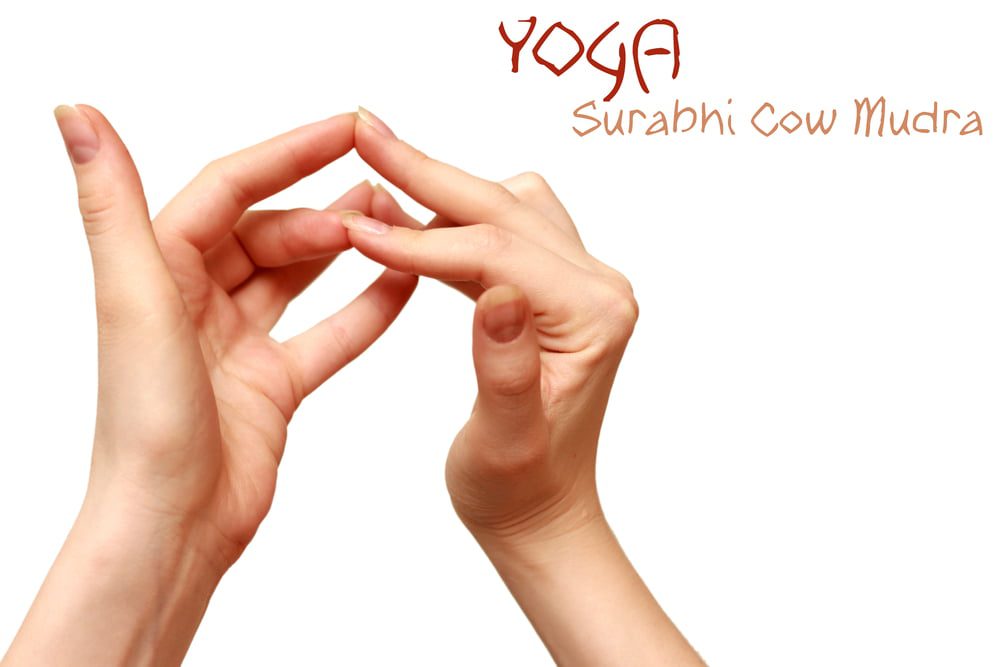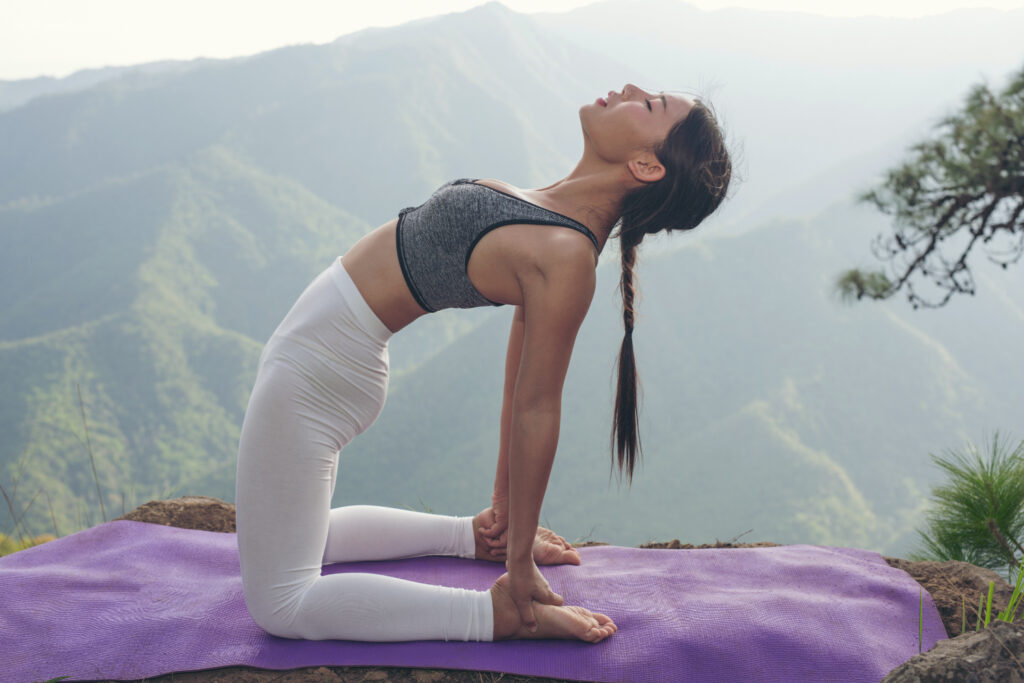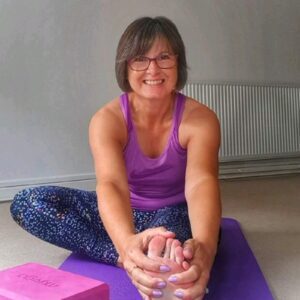The practice of breathing exercises known as Pranayama is a discipline common to all schools and styles of yoga. It is a complementary part of the practice of Asana , the physical part with the postures that everyone recognizes as Yoga. Both form the physical subjects of the yogi.
As breathing is something very primordial and instinctive, its training is usually included in intermediate and advanced practices. For the newcomer to yoga it is advisable to dedicate a couple of years to Asana practice before reaching the more complex Pranayama exercises .
Basic Concepts: The 4 Phases of Breathing or Pranayama in Yoga.
- Puraka: is inhalation, when the body absorbs air.
- Rechaka: it is expiration, when carbon dioxide and other waste is expelled.
- Bahir Kumbhaka. it is the empty retention or pause with empty lungs.
- Antar Kumbhaka. it is full retention or pause with full lungs.
5 Benefits of the 4 Phases of Breathing or Pranayama in Yoga.
Pranayama, the practice of controlling and regulating the breath, is a fundamental aspect of yoga. It involves a series of breathing techniques that are divided into four distinct phases. Each of these phases offers numerous benefits for the mind, body, and overall well-being. Here are five significant advantages that can be derived from incorporating the four phases of breathing or pranayama into your yoga practice:
1. Enhances mental clarity and focus.
The first phase of pranayama, known as Puraka or inhalation, involves deep and controlled breathing. This deliberate focus on the breath helps calm the mind, reducing mental chatter and bringing about a sense of clarity and concentration. By directing attention solely towards the breath, practitioners can experience improved focus and mental acuity both during their yoga practice and in their daily lives.
2. Promotes physical relaxation and stress reduction.
The second phase of pranayama, called Rechaka or exhalation, involves controlled and deliberate breath release. This phase facilitates the release of accumulated tension and stress from the body. By practicing slow and steady exhalation, the parasympathetic nervous system is activated, triggering a relaxation response that can help reduce anxiety, promote better sleep, and alleviate physical symptoms associated with stress.
3. Balances energy and emotions.
The third phase of pranayama, called Kumbhaka or breath retention, involves the suspension of breath after inhalation or exhalation. This phase helps to balance and regulate the flow of energy in the body, allowing for a harmonious equilibrium between the sympathetic and parasympathetic nervous systems. As a result, practitioners may experience a greater sense of emotional stability, improved mood, and enhanced overall well-being.
4. Strengthens the respiratory system.
The four phases of pranayama collectively work to strengthen the respiratory system. Deep inhalation helps expand the lungs, increasing lung capacity and oxygen intake. Controlled exhalation aids in the expulsion of toxins and impurities from the body, promoting healthy respiratory function. Breath retention, when practiced safely and under guidance, can improve lung elasticity and enhance overall respiratory health.
5. Cultivates self-awareness and mindfulness.
The practice of pranayama encourages a mindful and introspective approach to breathing. By consciously observing the breath and its various phases, practitioners develop a heightened sense of self-awareness. This increased awareness extends beyond the mat, enabling individuals to become more attuned to their thoughts, emotions, and physical sensations throughout the day. Cultivating mindfulness through pranayama can lead to greater self-discovery, emotional resilience, and a deeper connection to one’s inner self.
| 💡 Tips FitMeMore.com Incorporating the four phases of breathing or pranayama into your yoga practice can provide a multitude of benefits for both the body and mind. From enhanced mental clarity and stress reduction to improved respiratory health and self-awareness, pranayama offers a holistic approach to overall well-being. |
Frequently Asked Questions.
The process of breathing in pranayama involves deep, controlled inhalations through the nose, filling the lungs completely, and exhaling slowly and smoothly.
The order of breathing for pranayama typically involves inhalation, retention, and exhalation in a specific sequence, depending on the specific practice being performed.
Bottom Line.
Four phases of breathing, or pranayama, in yoga are essential techniques that can significantly enhance our physical, mental, and spiritual well-being. By becoming aware of our breath and practicing these techniques regularly, we can experience a multitude of benefits, including relaxation, stress reduction, improved concentration, increased energy levels, and a deeper connection with our inner selves. Whether we are beginners or experienced practitioners, incorporating pranayama into our yoga practice allows us to tap into the transformative power of our breath and cultivate a greater sense of balance, harmony, and overall wellness in our lives. So, let us embrace the four phases of breathing and embark on a journey of self-discovery and self-healing through the practice of pranayama.
How we reviewed this article:
Our team of experts is always monitoring the health and wellness field, ensuring that our articles are updated promptly as new information emerges. See Our Editorial Process
May 13, 2025
Written By: Sarah Waskevich
Reviewed By: Gail Cooper
Written By: Sarah Waskevich
Reviewed By: Gail Cooper

 Workout
Workout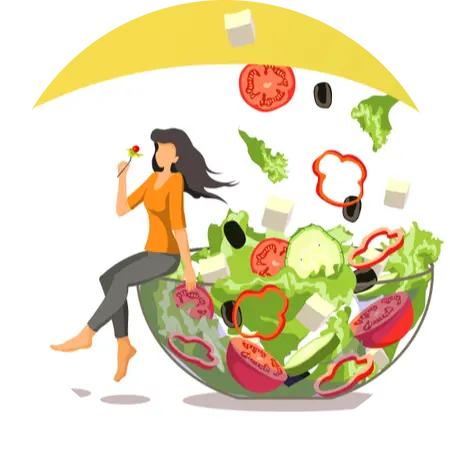
 Meditation
Meditation




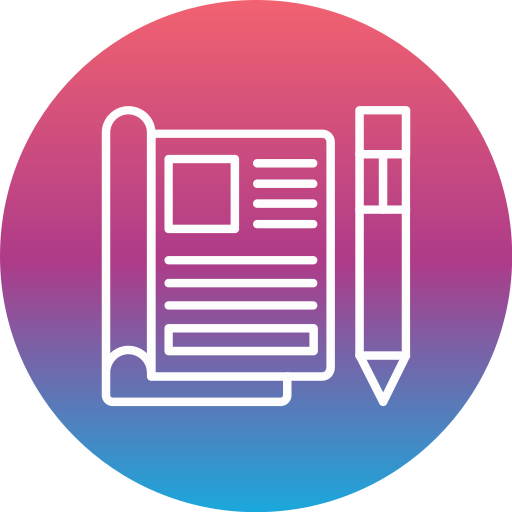
 Contact Us
Contact Us






